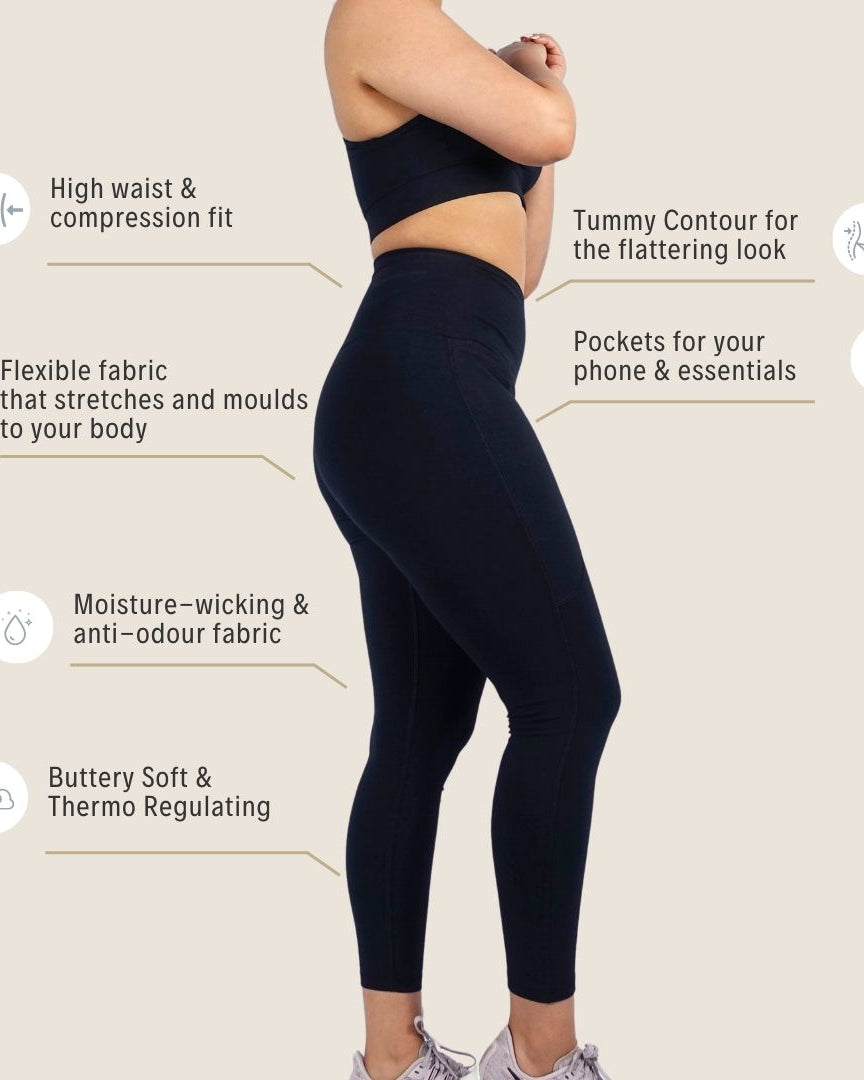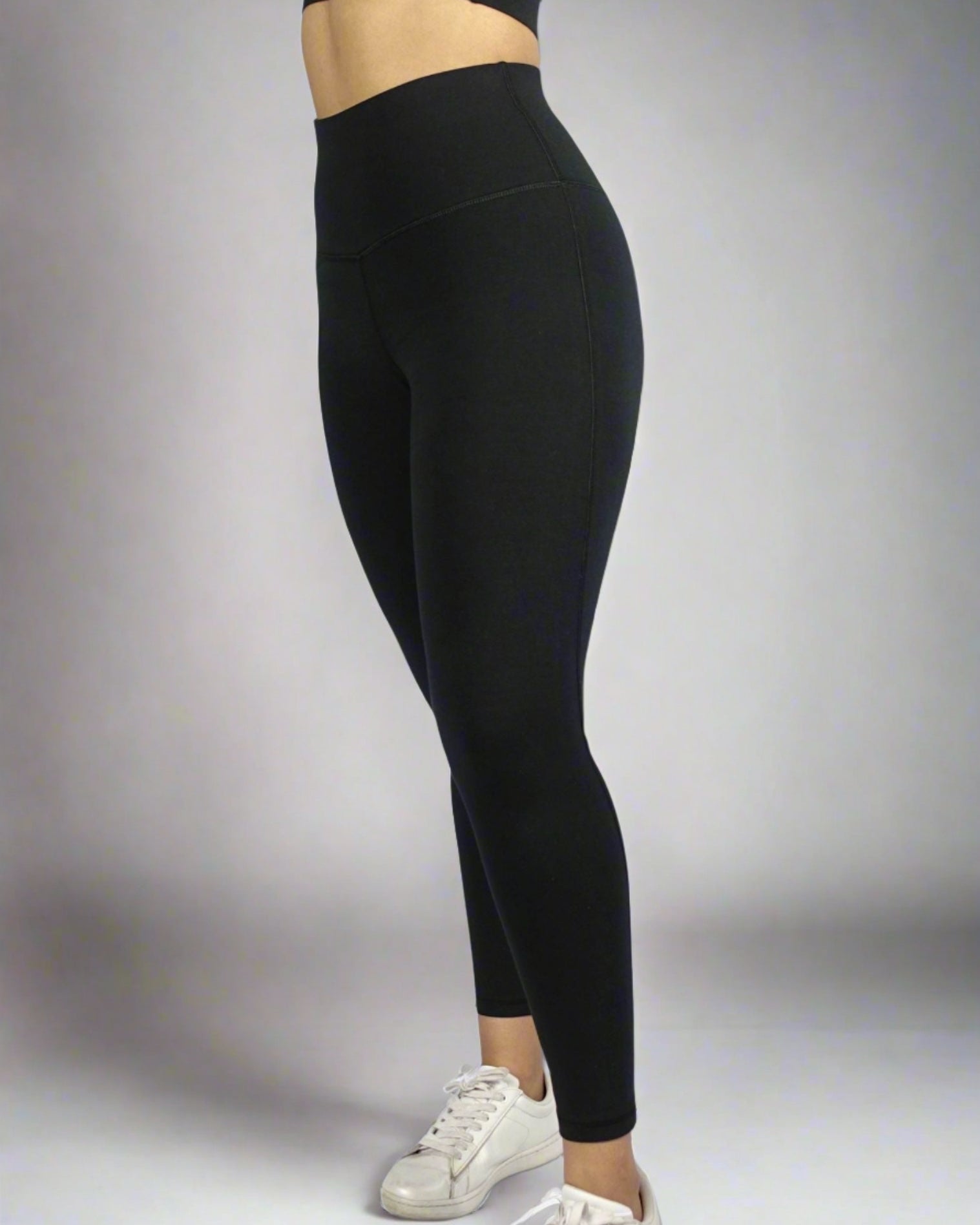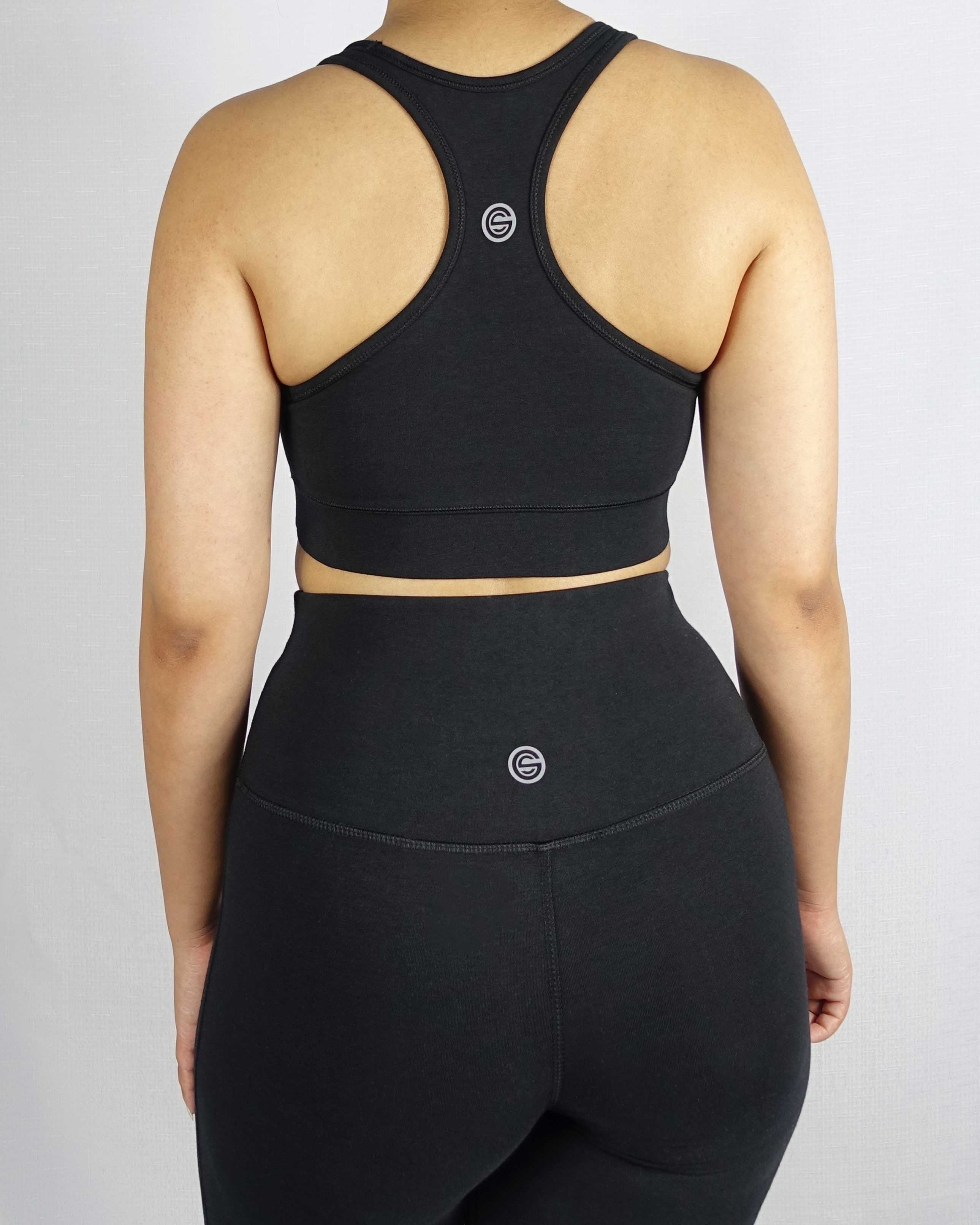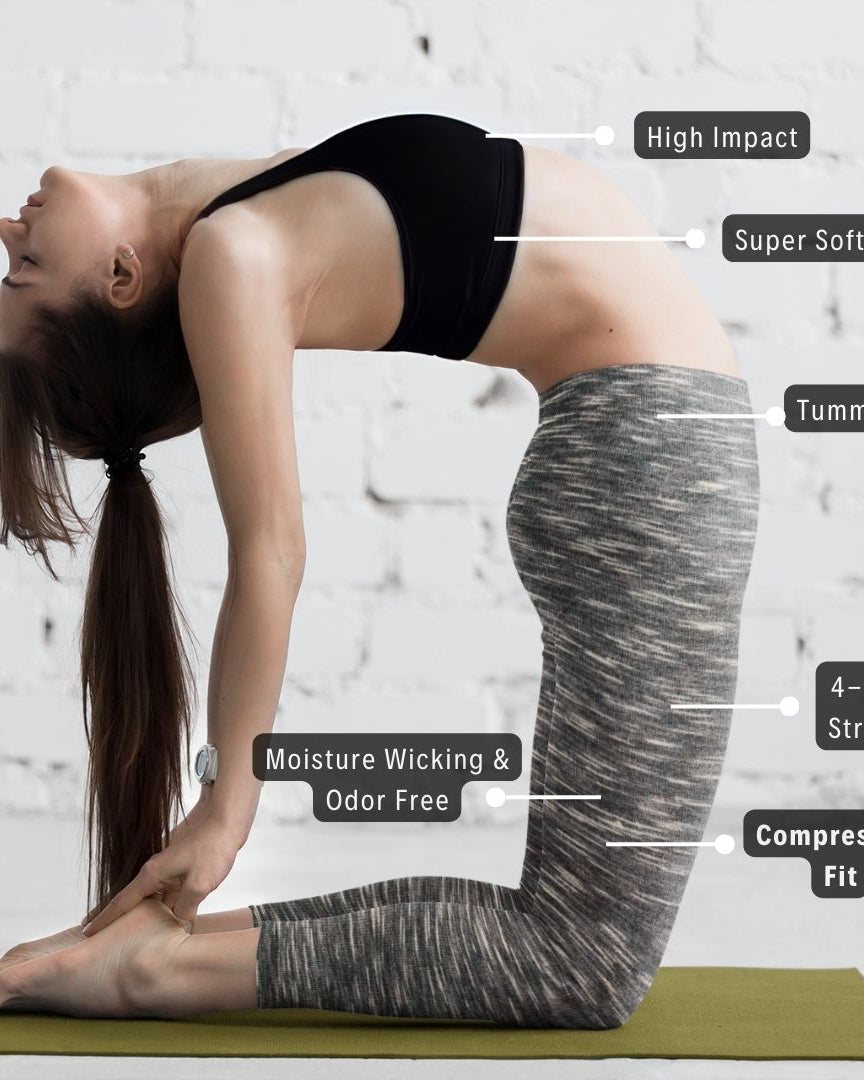Several studies have looked at the effect of meditation on mental health and wellness including mood, depression, anxiety and so on and found that regular practice helps in metal wellness and gaining control of the mind (1).
What is Meditation?
(Meditation and Mindfulness are not the same!)
Meditation: the “practice where an individual uses a technique, such as focusing their mind on a particular object, thought or activity, to achieve a mentally clear and emotionally calm state" [2]
Meditation is all about using your mind to focus on something, yourself, your mind and body by keeping still, calm and positive. Think positive and try to remain calm and keep your mind clear.
Mindfulness: the “process of openly attending, with awareness, to one’s present moment experience” [3]
Mindfulness is all about being aware of yourself and what you are doing. Focus on one activity at a time. For example, if it is breathing, focus on your breath and how your body is taking part in the activity of breathing.
Most of us would like to meditate! We use the word ‘would’ quite loosely here today!
Meditation has many takers and shirkers. For the shirkers, for some, it may be due to the time required to meditate, however, for others it could be the technique. Whatever it may be, we encourage you to get on the band wagon of the 'takers'.
Meditation has benefits galore! Several studies have proven that meditation can help with mental health as well as physical health. Meditation has the ability to reduce stress, anxiety, depression, anger and much more [4]. Whatever it is you are struggling with, we at ACTIVE BY GS have put together a few tips to make meditation a habit + the right way of meditating.
Having said that, there is no right or wrong in meditation - you just need to focus on yourself and your inner mind and start doing.
Decide to Meditate
Yes, the first step is your decision of course! Decide firmly in your mind that you are going to start meditation tomorrow. Not today, but tomorrow! So that you get time to plan ahead and build your excitement on starting something positive.
Plan your day loosely and take 10 minutes out of the day/tomorrow for yourself to meditate. You only need to start off with 7 minutes of meditation - that gives you 3 minutes to prepare.
- Find a time that suits you best.
- Find a quiet place to sit. This is important – you need to make sure you will not be disturbed for the next 7 minutes.
- Be comfortable in your position. Do not stress about where you are sitting or how you are sitting.
- Make sure you will not be disturbed!
Meditate the Right Way
There are several ways to meditate along with several schools of thought. However, to begin with, using the easiest technique is best. More important, choose to mediate the way you would love to, the technique that is easy and comfortable to follow day in and day out. It should also bring you joy! And that, takes a few trails and errors.
But don't worry! We are introducing you to a simple meditation process. Hopefully, the system we are providing will introduce you to meditation. Or if you are already into meditation, this will help you to stay in focus.
We know it works, and will help positive meditation become a habit for you if practised everyday.

Get into the Meditation Mode
- Set your alarm to 10 minutes.
- Firstly, relax. Try to relax your mind and body. Be comfortable in your sitting posture. You do not need to stress about how you need to sit. That can come later after you learn to focus. You can sit on a chair, on the couch, outdoors, indoors, on the floor etc., anywhere that is easy and comfortable.
- Become aware of your thoughts. What are you thinking? Is this your mind working or your brain? It is okay, let the thoughts come and go.
- Now start to become aware of your breath. How are you breathing, how is your breath coming out? Is it short, soft or hard perhaps? Is your breath making any sort of sound?
- Be aware of and feel your mind, body and who you are.
Start to Meditate
Now on to the fun part! Take a few long breaths. Breathe in and breathe out. Count each breath to the count of 10. Then, bring your breathing back to the normal rhythm.
- Now start being actively aware of your breathing and thoughts.
- Imagine or visualise yourself sitting or standing facing something or somewhere that brings you happiness. For example, a waterfall, the ocean etc.
- As you breathe in, imagine a light entering your body and travelling around your body and cleaning the insides. As you breathe out imagine the light staying inside and a smoke leaving your body, preferably black smoke.
- Continue breathing until the alarm goes off.
- Once the alarm goes off bring back your mind to singularly focus on yourself, your mind and body and take a look inside. Imagine your insides including your mind and brain to be wiped clean of negative thoughts waiting to be filled with positive and good thoughts.
It is okay at this stage if you feel overwhelmed with thoughts when you are trying to concentrate on breathing. Just let your thoughts come and go. Sift through them to keep the good ones and purge the negative ones. Focus back on the breathing technique.
We hope you will actively try to make Meditation a habit. Keep a lookout for our Mindfulness techniques in the near future.
"Your mind is a powerful thing. When you filter it with positive thoughts, your life will start to change". Buddha




















